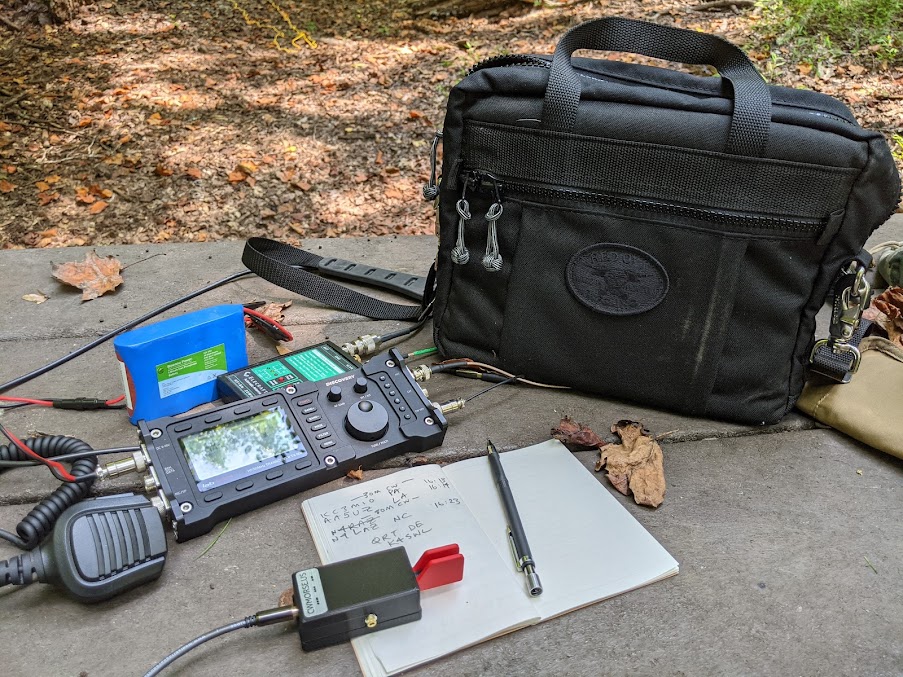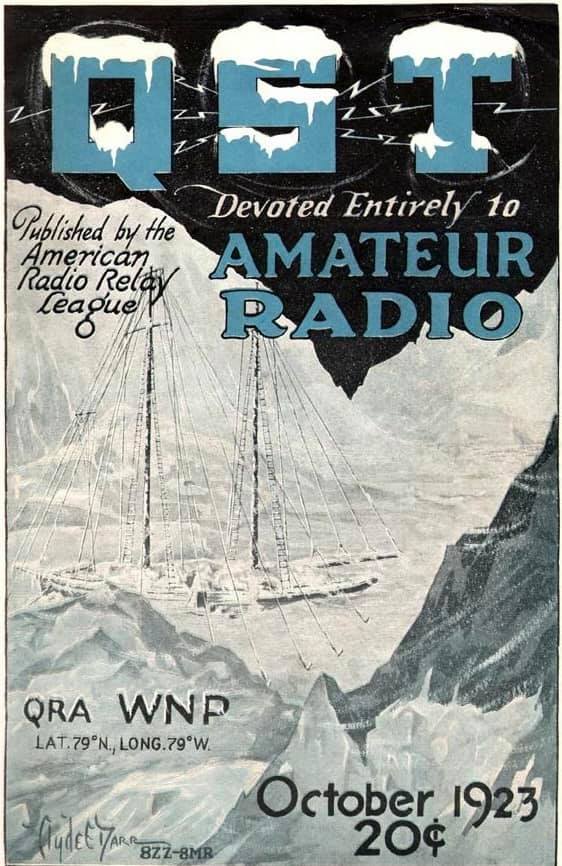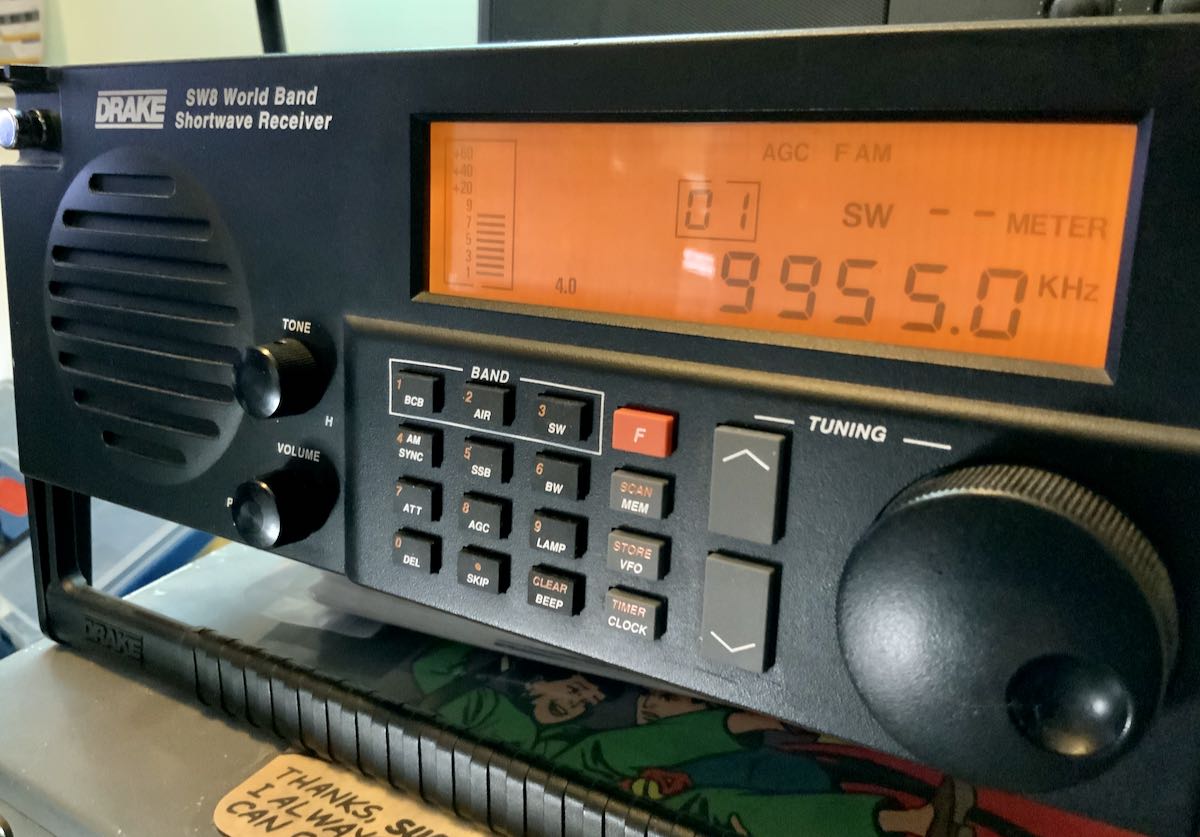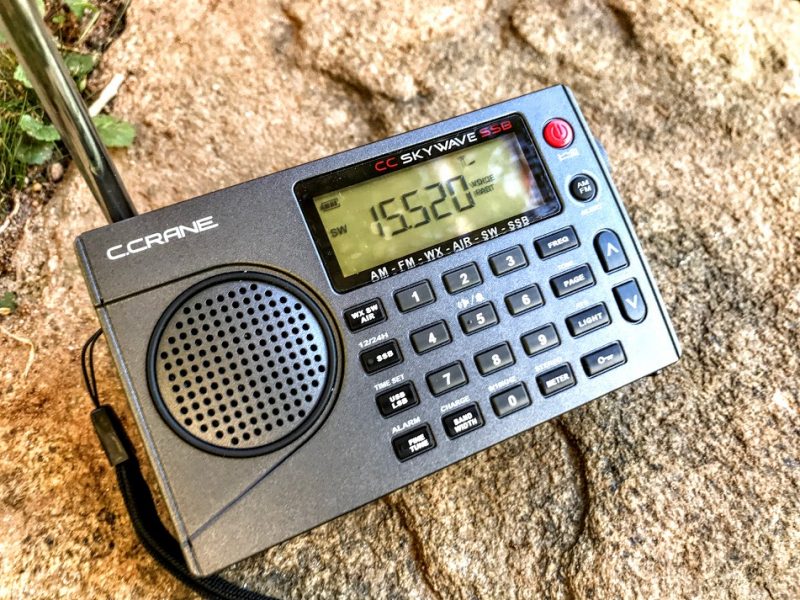Many thanks to SWLing Post contributor, Sam Alcom (KB3DFJ), who shares the following guest post:
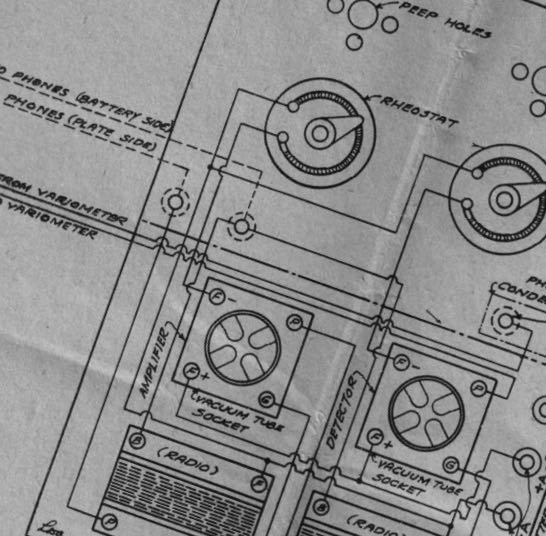 Genealogy and radio meet
Genealogy and radio meet
by Sam Alcom (KB3DFJ)
Who knew two of my hobbies – genealogy and radio – would joyfully collide in such an unexpected way?
My grandfather died in the 1950s when I was just a few months old, so I didn’t know him, let alone have some misty recollection of him. Seemingly, our only connection was the DNA bloodline though my father.
But as I dove into my family’s history, one web search led me to William H. Alcorn and 3ADJ. What the heck was 3ADJ? I dug deeper and found Amateur Radio Stations of the United States, U.S. Department of Commerce, Radio Division from June 30, 1924. Both of us were hams!
He was licensed as amateur radio station 3ADJ in Port Norris, N.J. with authorization to operate up to 50 watts.
I found him and his 3ADJ callsign again listed in 1925 in the Department of Commerce, Bureau of Navigation, Radio Service publication. The “3” in his sign threw me for a brief loop, but I learned that in the early days of radio Southern New Jersey was part of the third call district along with Delaware, Maryland, Virginia, certain counties of Pennsylvania and the District of Columbia.
The worldradiohistory.com website, a goldmine for anyone delving into all aspects of broadcasting’s past, led me to more publications where I spied my grandfather in the late fall 1925 edition of Radio Listeners’ Guide and Call Book and the 1926 edition of Citizens’ Radio Call Book and Complete Radio Cyclopedia.
The last radio trace I find was in the June 30, 1927, edition of the Amateur Callbook.
It was around this time that the U.S. began using “W” to start callsigns and I wondered if my grandfather continued with his radio hobby under the new designation. I looked up W2ADJ and found William Czak of West Brighton, N.Y., owning that sign. Likewise, W3ADJ belonged to the University of Maryland in College Park, Md. Both were from 1929.
I dug a little deeper to learn if he possibly had been an amateur prior to 1924, but I saw 3ADJ licensed to Horace Derby of Norfolk, VA., 1920 through 1923.
His amateur radio interest appears to have started sometime after 1921 and a stint in U.S. Navy as a Seaman Second Class and then seems to have waned – at least license-wise – as marriage and the first of my aunts, uncles and my dad were being born. I wonder if my dad had known about his dad’s radio hobby. In all the years I’ve been a licensed ham and bono fide radio nerd, he never mentioned it.
Of course, learning on this radio connection to my grandfather raised a host of other questions. Did he enjoy CW as much as I do? What kind of contacts was he making with 50 watts? Would he have admired the WAS and DXCC award certificates hanging on my wall? Would my hefty binder of shortwave QSL cards impressed him?
So, I’ll keep poking, looking for more radio connections. Who knows, maybe, somewhere, there’s a 3ADJ QSL signed by my grandfather.

